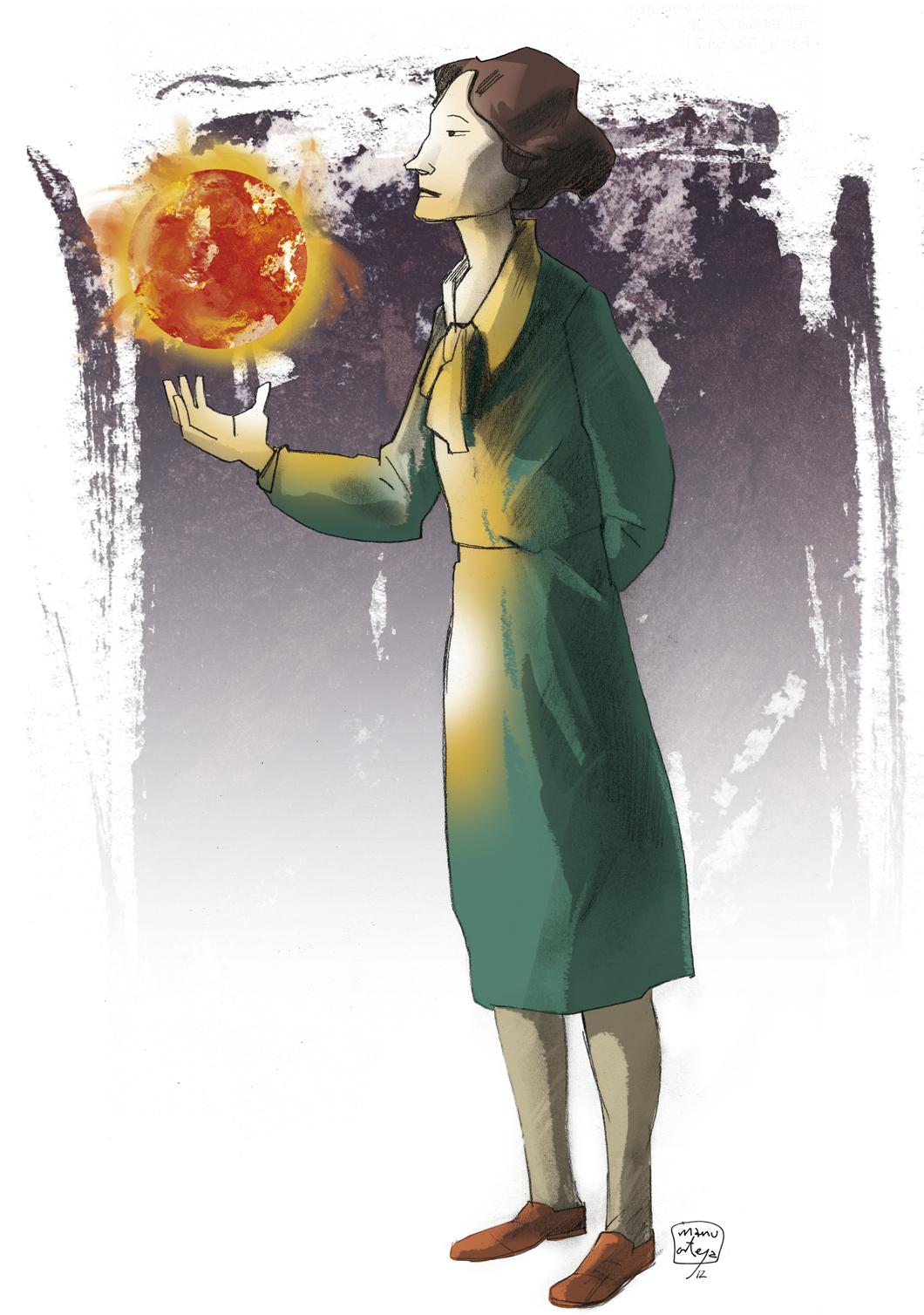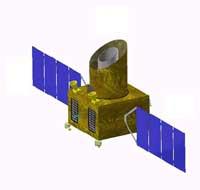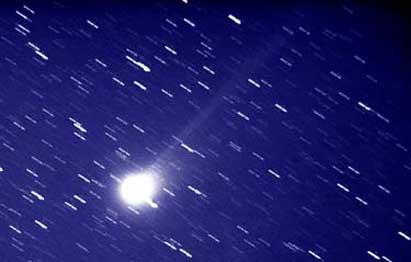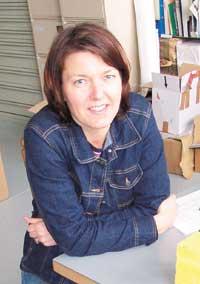Cecilia Payne. Hydrogen stars
2013/01/01 Etxebeste Aduriz, Egoitz - Elhuyar Zientzia Iturria: Elhuyar aldizkaria

Sir Arthur Eddington was giving a lecture on the expedition made in 1919 to the island of Prince of the Gulf of Guinea. In that expedition, with measurements made in a solar eclipse, he was able to demonstrate Einstein's theory of relativity. The young Cecilia Payne attended this talk unexpectedly by chance, since at the last moment a friend could not attend and gave her entry. However, that talk enchanted him. "My vision of the world changed radically - I would write in his autobiography - when I returned to my class I realized that I could write the whole lecture literally ... I think three nights had not slept. My world was so agitated that I had a kind of nervous breakdown." He decided to be an astronomer.
I was already clear that I wanted to be a scientist. What's more, that moment when you couldn't get there: "I was afraid to think that when I was at the age of beginning to investigate everything was going to be located." During his stay in school, he conducted an experiment to investigate the effectiveness of prayer. The study was divided into two groups, asking for some for the success of prayer and for others no. In the second case, it obtained better results.
When he heard the lecture of Eddington he was studying natural sciences at the University of Cambridge. But after the talk I was clear that I wanted to go the way of astronomy. A while later, on a day at the Cambridge Observatory, he had the opportunity to meet Eddington and show him his desire. He stayed thoughtfully for a moment, but responded that "I do not see insurmountable problems." Then he recommended reading several books, but Payne had already read them all. He then authorized him to access the observatory library and made available to him all scientific astronomy journals. A world was opened.
He finished his studies at Cambridge, but as a woman he was not given a degree (1948 he began to graduate women at Cambridge). Payne knew that he could only be a professor in England. And it wasn't what I wanted. On a visit to England by Harvard Observatory director in 1922, Harlow Shapley, Payne did not miss the opportunity: He said he would like to go to Harvard to research astronomy. This was recommended by Eddington himself, who, if he wanted to devote himself to astronomy, it was best to jump to the United States, for example to the Harvard Observatory.
Eddington also spoke to Shapley about Payne: "I think it can have a great future... besides, it's vibrant and with a lot of energy working." And they were not the only flowers that Shapley heard about Payne. Everyone spoke to him perfectly about that young man.
The following year Payne travelled to the United States. A scholarship program for women was launched at Harvard Observatory, and Payne was the second student of the program.
Doctorate under the direction of Shapley. A great job: he came to explain what the stars were made in the thesis. Studying star spectra, Payne discovered that all stars had basically the same composition, mainly of hydrogen and helium. In contrast to what was then thought, Payne said that the Sun did not have the same composition as the Earth, and even in the Sun, and in the rest of the stars, hydrogen was a million times more abundant than all other elements.
Payne's results were incredible, impossible. All the experts were convinced that the Sun had the same composition as the Earth and that the elements were in the same proportion. Prior to the publication of the thesis, Shapley sent it to expert Henry Norris Russel of Princeton University. And he answered: "It is clear that it is impossible for hydrogen to be a million times more abundant than metals." Payne finally had to put a note on his thesis: "The calculated hydrogen and helium abundances are probably not real."
But after a few years, it would be clear that Payn's calculations were correct. "There is no more pleasure than finding something that cannot be understood according to the accepted ideas," Payne wrote.
It was a great discovery. However, after his doctorate, he did not have official positions at the Harvard Observatory. From 1927 to 1938 he worked as an assistant to Shapley. And because of the bad conditions, at some point he was about to leave the job. "From the material side, being a woman has been a big disadvantage. It has been a history of low wages, lack of status, slow progress… It has been a case of survival, not the strongest, but the most stubborn and persevering," he said in his autobiography.
The scientific career was not easy for Payne. "I have come to the desire that all scientific work be published anonymously, forward or backward for its mere value. But it's not a realistic desire, I know," he said. His vocation was firm. And I would make it clear after: "Don't make a scientific career looking for fame or money. There are simpler and better ways to get them. Only if nothing satisfies you, because surely you will not get anything more. Your prize will be to see that as you ascend the horizon expands."
He spent his entire life at Harvard, most of the time researching variable stars. In 1938 Shapley managed to hire Payne as an astronomer. Almost 20 years later, in 1956, he was appointed professor and appointed head of the Department of Astronomy. And in 1976 the community of astronomers recognized his excellence with the Henry Norris Russell Prize. At the award ceremony Payne said: "The young scientist's award is the emotion of being the first person in the world to see or understand something. Nothing can be compared with this experience."

Gai honi buruzko eduki gehiago
Elhuyarrek garatutako teknologia






